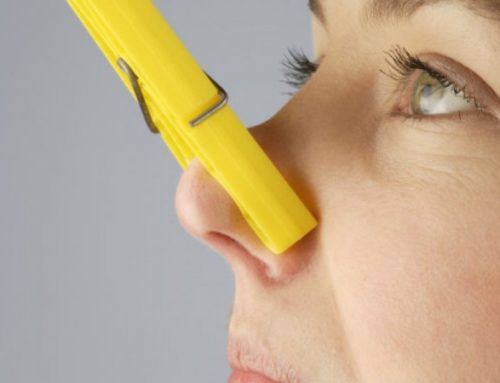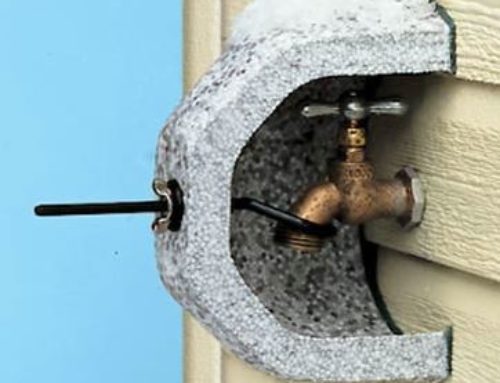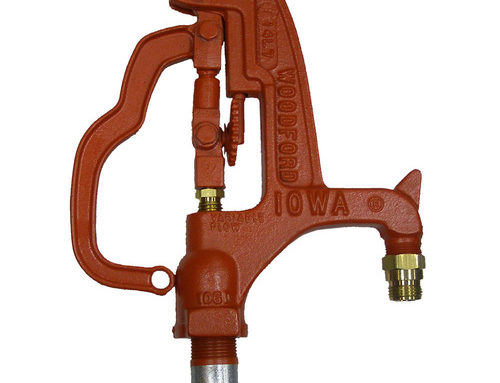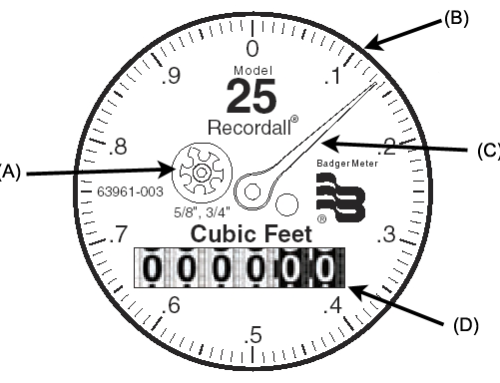Lake Forest Park Water District has compiled this information to better inform our customers about the District and your water.
Can I pay my bill by credit or debit card?
We do not currently accept credit or debit cards. You can mail or drop off your payment using check or cash with the stub enclosed in your bill, or pay with your banks bill-pay service. Bill-pay allows you to pay your bill conveniently and the bank will send us a check.
Does the District blend water from other sources.
The District has interconnects with Seattle Public Utilities (SPU) and Northshore Utility District (NUD) which may allow their water into the distribution system in the case of an emergency. For example, if our well pumps were unable to keep up with the demands of a large or long-duration fire.
Is the District source water chlorinated? Do you provide natural drinking water?
We do not routinely chlorinate our drinking water. The district has the capability to treat with chlorine if we ever have concerns about water quality. Currently our customers are drinking unfiltered, untreated, natural well water. Please note that we maintain a chlorination notification list if it is ever necessary. Please contact us if you wish to be added to this list.
Is the District water fluoridated?
Our water is not chlorinated or fluoridated. Families with growing children may contact their dentist regarding the use of fluoride supplements such as toothpaste containing fluoride.
What is a WA State Department of Health water testing waiver?
The WA State Department of Health (DOH) monitors all water testing timelines and schedules. DOH grants source monitoring sampling waivers or reduced sampling requirements to water systems in areas with little evidence that synthetic organic compounds (non-naturally occurring compounds) contamination could occur. The District tests it water pursuant to DOH requirements and has received a waiver for certain compounds which have minimal risk or no application to the area. More information about DOH testing requirements is available on this link. DOH 331-359
How is the District infrastructure being maintained?
The system is maintained consistent with public water system standards under the guidance of its highly experienced, DOH certified, General Manager. The District has an ongoing and continuous infrastructure replacement program. The District’s Water System Plan outlines the schedule for replacements. We are installing new technology pipe with an expected lifetime of 100+ years.
Is McKinnon Wellfield still our primary drinking water source?
Yes, McKinnon Wellfield supplies most of our drinking water with the remainder being supplied by the Horizon View Wellfield.
What is the status of Horizon View Wellfield? Can it provide all necessary drinking water for our customers?
The Horizon View property was purchased by the District from the City of Seattle in 2009 and has been developed as a backup source that supplies a limited amount of our drinking water. We cannot fully supply our customer’s water needs from the Horizon View wellfield.
What is a Sanitary Zone? Are the Sanitary Zones a WA State Department of Health requirement?
A Sanitary Zone is a radius, usually 100 feet, around a drinking water well in which a water supplier must have control; i.e., the supplier must be able to legally control the types of activities that occur in the zone. Sanitary Zones are a requirement of the Dept. of Health, Office of Drinking Water and the District has a responsibility to comply with WAC 246-290-135 (Source water protection). More information is available on this link. DOH 331-453
Does the District have low water pressure? What can cause low water pressure?
The District actually has good water pressure. Pressure is measured at your street meter. Many times low pressure or low volume is caused by homes built on a hill much higher than the meter or plumbing installed in accordance with out of date building codes. Occasionally, low pressure in the home may be caused by corroded pipes (especially, galvanized) within the home.
What is a Total Coliform Hit?
Non-acute Total Coliform does not indicate an immediate health threat but indicates the possibility of bacteria entering our water system from external sources, such as through tank lids or vents. When we test for Total Coliform, the same water samples are also tested for Fecal coliform and E coli. The District has never had fecal coliform presence in our source water. More information is available on this link. DOH Coliform
What is the District doing about system water loss?
The District is actively replacing aged infrastructure as described in the water system plan. It is pursuing low cost funding through programs like the Public Works Trust Fund (PWTF) and also is self-funding from the District’s Capital Improvement Fund. Operationally, the District responds immediately when leaks are identified. Water losses do not include facility water use for routine water main flushing, system testing and hydrant maintenance. The District has upgraded its telemetry capabilities and reliability for enhanced monitoring of water production and also has a $500 fine for unauthorized fire hydrant use. Unlike surrounding water suppliers, water loss for our District does not result in a significant financial loss because the District does not purchase its water from Seattle Public Utilities.






